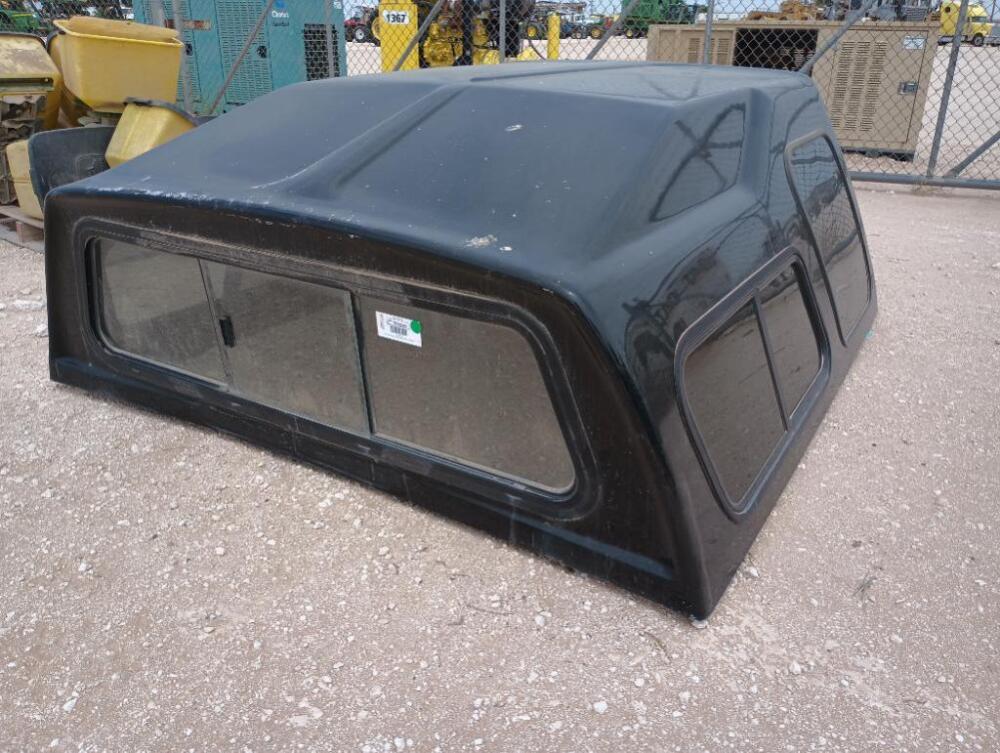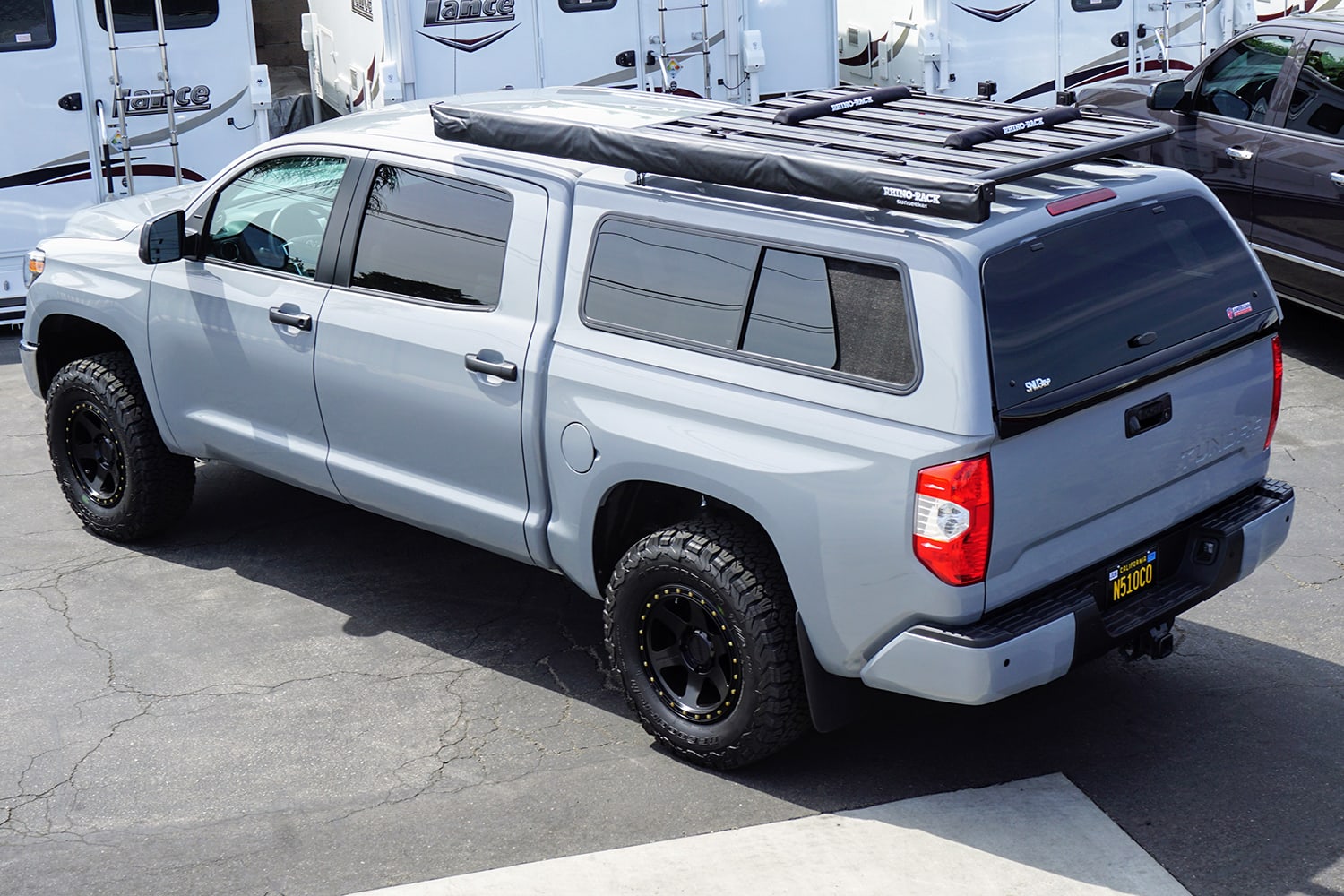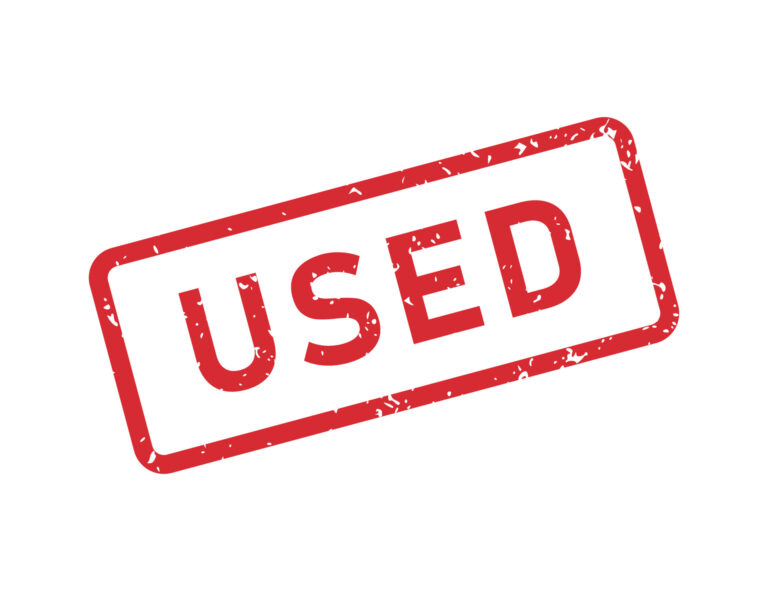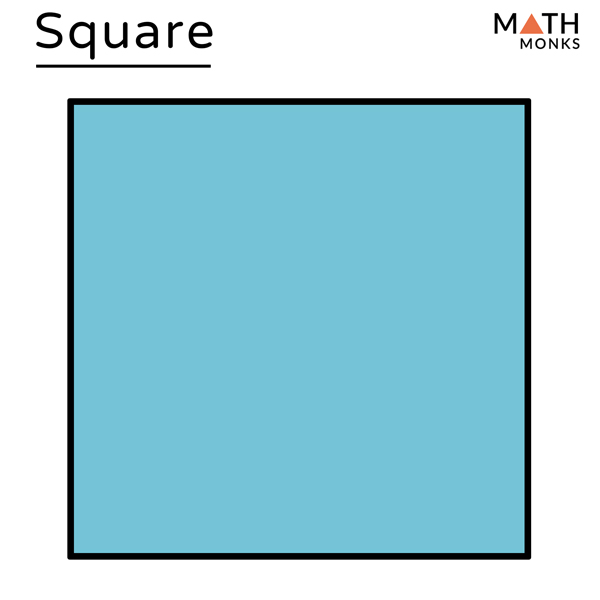How To Tell What Truck A Leer Camper Shell Fits: The Ultimate Guide
How To Tell What Truck A Leer Camper Shell Fits: The Ultimate Guide cars.truckstrend.com
Purchasing a camper shell for your truck can transform it into a versatile workhorse, a comfortable camping companion, or a secure storage solution. Among the myriad of brands, Leer stands out for its quality and diverse range of products. However, one of the most common dilemmas faced by both buyers and sellers, especially in the used market, is determining precisely which truck a specific Leer camper shell will fit. Unlike a universal tarp, camper shells are meticulously designed to conform to the unique dimensions and contours of particular truck beds. A mismatch can lead to poor sealing, aesthetic eyesores, security vulnerabilities, and even damage to your truck or the shell itself. This comprehensive guide will equip you with the knowledge and practical steps necessary to accurately identify the truck fitment of any Leer camper shell, saving you time, money, and potential headaches.
Understanding the Fundamentals of Camper Shell Fitment
How To Tell What Truck A Leer Camper Shell Fits: The Ultimate Guide
At its core, a Leer camper shell is not a "one-size-fits-all" accessory. Every truck model, and often different generations within the same model, possesses distinct bed dimensions and design characteristics. Leer, like other reputable manufacturers, engineers its shells to hug these specific contours perfectly. Ignoring these precise specifications is the quickest route to disappointment.
The critical dimensions and features that dictate a shell’s fitment include:
- Bed Length: The most obvious and crucial measurement. Truck beds come in various standard lengths (e.g., 5.5 ft, 6.5 ft, 8 ft), and the shell’s base must match this exactly to allow the tailgate to close properly and for the shell to sit flush with the front of the bed.
- Bed Width (at Tailgate and Cab): Truck beds are not perfectly rectangular; they often taper slightly or have specific widths at the tailgate and near the cab. The shell’s width must align to ensure a proper seal along the bed rails and around the tailgate opening.
- Bed Rail Height and Cap Thickness: The vertical distance from the bottom of the bed to the top of the bed rail, and the thickness of the bed rail caps, both impact how the shell sits and clamps down. Newer trucks often have taller bed sides.
- Tailgate Contour: Many modern trucks feature unique tailgate designs, including curves, steps, or integrated spoilers. Shells are often molded to match these contours for a seamless look and weather-tight seal.
- Front Bulkhead Angle: The angle of the truck’s cab wall where the shell meets it can vary, requiring the front of the shell to have a corresponding slope or recess.
- Truck Generations: This is perhaps the biggest pitfall. A "Ford F-150" shell is not just a "Ford F-150" shell. An F-150 from 2000 has drastically different bed dimensions than one from 2010 or 2020. Manufacturers frequently redesign bed dimensions with new model generations.

Leer’s commitment to precision means each shell is designed for a specific year range and model of truck, sometimes even for particular trim levels if they affect bed dimensions (e.g., RamBox).
The "How-To" Guide: Identifying Fitment of an Unknown Leer Shell
Determining the exact truck a Leer camper shell fits requires a systematic approach. Follow these steps for accurate identification:

Step 1: Locate the Leer Identification Tag/Sticker
Most Leer shells, especially newer models, will have an identification tag or sticker. This is your primary source of information.
- Common Locations:
- Inside the rear door frame or on the inside of the rear window.
- On the inside of one of the side windows.
- On the underside of the shell’s front lip (where it meets the truck’s cab).
- On the inside of the shell, often near the front or side rails.

- What to Look For: The tag typically contains the Leer model number (e.g., 100R, 100XQ), a serial number, and often, critically, the original truck fitment information (e.g., "Fits Ford F-150 SuperCab 6.5′ Bed, 2015-2020"). If the truck information is present, your job is largely done. If not, note the model and serial number; these can be used for cross-referencing.
Step 2: Measure the Camper Shell Accurately
If the ID tag doesn’t provide the truck fitment directly, precise measurements are your next best tool. Use a tape measure and record dimensions to the nearest 1/8 inch.
- Bottom Perimeter Length: Measure the length of the shell along the bottom edges, from the very front (where it would meet the truck cab) to the very back (where it would meet the tailgate). Measure both left and right sides, and take an average if there’s a slight discrepancy.
- Bottom Perimeter Width (at Tailgate): Measure the width of the shell along its bottom edge at the rear opening. This measurement is crucial for how it seals with the truck’s tailgate.
- Bottom Perimeter Width (at Cab): Measure the width of the shell along its bottom edge at the front, where it meets the truck’s cab.
- Overall Height (from Bed Rail): Measure the height from the bottom edge of the shell (where it sits on the truck’s bed rail) to its highest point. While not directly for fitment, it helps in general identification and comparison.
- Bed Rail-to-Bed Rail Width (Internal): Measure the internal width of the shell where it would sit between the truck’s bed rails. This helps confirm if it will sit inside the rails or over them.
Step 3: Examine Unique Features and Contours
Beyond basic dimensions, subtle design cues can reveal a lot about a shell’s intended fitment.
- Tailgate Contour: Look closely at the rear opening of the shell. Does it have a straight bottom edge, or is it curved or notched to accommodate a specific tailgate design? For example, some Ford F-150 shells have a distinct curve for the top of the tailgate.
- Front Bulkhead Design: The front of the shell (where it meets the truck’s cab) might have a specific angle, a slight recess, or a particular shape to clear cab lights or align with the cab’s profile.
- Bed Rail Cap Accommodation: Observe the sealing surface along the bottom edges. Is it flat and wide for trucks with thick bed rail caps, or narrower for those with thin or no caps?
- Special Bed Features: Check for cutouts or specific molding for features like the RamBox on Dodge/Ram trucks, Utili-track systems on Nissan Titans, or unique tie-down points. If a shell has these, it’s specific to that truck model and feature.
- Window Shapes/Sizes: While less definitive, sometimes window shapes or sizes can hint at a particular truck generation’s aesthetic.
Step 4: Cross-Reference with Leer’s Resources or a Dealer
With the ID tag information and precise measurements, you’re ready to cross-reference.
- Leer Website: Visit the official Leer website. While they may not have an exhaustive database for older models easily accessible online, they often have current fitment guides. Some third-party dealer websites also host fitment charts.
- Contact Leer Customer Service: Provide them with the serial number and model number from the ID tag. They have access to their historical fitment data and can usually tell you exactly what truck the shell was manufactured for.
- Visit a Leer Dealer: A local Leer dealer often has extensive knowledge and access to fitment charts. They might even have a database where they can look up serial numbers. Bring your measurements and any photos of the ID tag.
Step 5: Visual Comparison and Test Fit (With Caution)
If all else fails, or to confirm your findings, a visual comparison or careful test fit can be invaluable.
- Side-by-Side Comparison: If you have access to the suspected truck model, park it next to the shell and visually compare the dimensions and contours.
- Careful Test Fit: Gently place the shell on the truck bed without clamping it down initially. Observe how it sits:
- Does it align perfectly with the front of the bed?
- Does the tailgate close without interference or large gaps?
- Does it sit flush on the bed rails with minimal gaps?
- Do the sides align with the truck’s body lines?
- Crucial Warning: Never force a fit. If it doesn’t sit properly with minimal effort, it’s not the right fit. Forcing it can damage the shell, the truck’s paint, or the bed rails.
Key Considerations and Challenges
- Bed Liners and Rail Caps: Drop-in bed liners or aftermarket rail caps can subtly alter bed dimensions, sometimes just enough to affect a tight shell fit. Spray-in liners are generally less problematic.
- Truck Generations are Key: As emphasized, a 2005 Ford F-150 shell will NOT fit a 2015 F-150. Always verify the exact year range.
- Special Edition Beds: Trucks with integrated storage systems (e.g., RamBox) or unique bed designs require specific shells molded to accommodate these features. A standard shell will not fit.
- Minor Year-Specific Quirks: Occasionally, manufacturers make minor, unannounced changes to bed dimensions within a generation, which can still affect a perfect shell fit.
- Aftermarket Modifications: Custom beds, suspension lifts that change bed angle, or other significant modifications can render standard fitment guides useless.
- The "Close Enough" Trap: A shell that "almost fits" is a recipe for disaster. It will likely leak, rattle, be insecure, look unsightly, and could cause paint damage due to rubbing. A perfect, weather-tight seal is essential for the shell’s functionality and longevity.
Tips for Buying/Selling Used Leer Shells
As a Buyer:
- Always Measure: Do not rely solely on the seller’s claims. Bring your tape measure.
- Request ID Tag Photos: Ask the seller for clear photos of the Leer ID tag.
- Verify Information: Cross-reference any information provided with Leer’s resources.
- Consider a Test Fit: If possible, arrange a test fit before committing to purchase.
- Inspect Condition: Check for cracks, damaged seals, broken latches, or faded paint.
As a Seller:
- Be Transparent: Clearly state the exact truck model and year range the shell fits.
- Provide Measurements: Include accurate bed length and width measurements in your listing.
- Photograph the ID Tag: Take clear photos of the Leer ID tag and include them in your listing.
- Highlight Unique Features: Note any special cutouts or designs that might indicate a specific truck model or bed feature.
- Be Honest About Condition: Disclose any damage or wear.
Common Truck Bed Dimensions & Leer Shell Fitment Guide
This table provides a general overview of how truck bed dimensions relate to Leer shell fitment. Note: New Leer shells can range significantly in price, from approximately $1,500 for a basic model to over $4,000 for premium, fully-optioned shells. Knowing precise fitment for a used shell can save thousands.
| Dimension/Feature | Relevance to Leer Shell Fitment | Typical Variation/Impact |
|---|---|---|
| Bed Length | CRITICAL. Must match shell length for tailgate clearance and front alignment. | Common lengths: 5.5 ft (short), 6.5 ft (standard), 8 ft (long). Deviations of even 1-2 inches are usually a deal-breaker. |
| Bed Width (at Tailgate) | Determines rear seal, tailgate fit, and overall aesthetic. | Varies significantly between manufacturers (e.g., Ford vs. Chevy vs. Ram) and across generations. |
| Bed Width (at Cab) | Impacts the front seal and how the shell sits against the cab. | Generally slightly narrower or same as tailgate width, but crucial for proper front alignment. |
| Bed Rail Height | Affects how the shell sits vertically and the effectiveness of the seal. | Newer trucks often have taller bed rails than older models, requiring a shell designed for that height. |
| Bed Rail Cap Thickness | Influences clamping mechanism and sealing. | Trucks with integrated thick caps (e.g., some newer F-150s) require specific shell molding or clamp designs. |
| Tailgate Contour | Shell’s rear opening often molded to match the truck’s tailgate curve. | Can be flat, slightly curved, or have significant curves/steps (e.g., Chevy Multi-Flex, Ram Multi-function). |
| Front Bulkhead Angle | The angle of the shell’s front wall to match the truck’s cab wall. | Some cabs are straight, others are slanted. Shell must match this angle for a flush, aerodynamic fit. |
| Special Bed Features | CRITICAL. Features like RamBox, Utili-track, or integrated storage. | Require highly specific shell designs with cutouts or different mounting points. Universal shells will not fit these. |
| Truck Generation/Year | Overall dimensions, body lines, and subtle features change drastically. | The most common reason for misfit. A 2008 Chevy Silverado bed is entirely different from a 2018 model. |
Frequently Asked Questions (FAQ)
Q: Can a Leer shell fit multiple truck models?
A: Rarely. While a shell might appear to fit a very similar truck from the same manufacturer and generation, subtle differences in bed dimensions, tailgate contours, or rail heights usually prevent a perfect, weather-tight, and secure fit. Leer shells are precision-engineered for specific models and year ranges.
Q: What if the ID tag is missing or illegible?
A: If the ID tag is missing, you must rely heavily on precise measurements (bed length, width, height, contours) and visual inspection of unique features. Contacting Leer customer service with detailed photos and measurements can sometimes help, but it will be more challenging without the serial number.
Q: How accurate do measurements need to be?
A: Very accurate. To the nearest 1/8 inch is recommended. Even a slight discrepancy can lead to gaps, poor sealing, or interference when closing the tailgate.
Q: Can I modify a Leer shell to fit a different truck?
A: It is generally not recommended. Major modifications (cutting, adding material) can compromise the shell’s structural integrity, weather-sealing, aesthetics, and resale value. Minor adjustments might be possible for very slight misfits, but significant alterations are usually more trouble and expense than they’re worth.
Q: Where can I find Leer fitment charts online?
A: The official Leer website is the best place for current models. For older models, you might find archived fitment guides on Leer dealer websites or forums. Calling Leer customer service with a model and serial number is often the most reliable method for older shells.
Q: What are the risks of a poor fit?
A: A poor fit can lead to:
- Leaks: Water and dust entering the bed, damaging cargo.
- Security Issues: Easier to pry open or remove.
- Damage: Rubbing can damage the truck’s paint or the shell itself.
- Aesthetics: Looks unprofessional and ill-fitting.
- Resale Value: A shell that doesn’t fit properly has significantly reduced value.
Conclusion
Identifying the correct truck fitment for a Leer camper shell is a critical step that ensures functionality, security, and aesthetic appeal. While it might seem daunting, especially in the used market, a systematic approach involving locating the ID tag, taking precise measurements, carefully observing unique contours, and cross-referencing with Leer’s resources will lead you to an accurate determination. Patience and thoroughness are your greatest allies in this process. By understanding the nuances of truck bed dimensions and Leer’s precise engineering, you can confidently navigate the world of camper shells, ensuring your investment perfectly complements your truck and serves its intended purpose for years to come.





